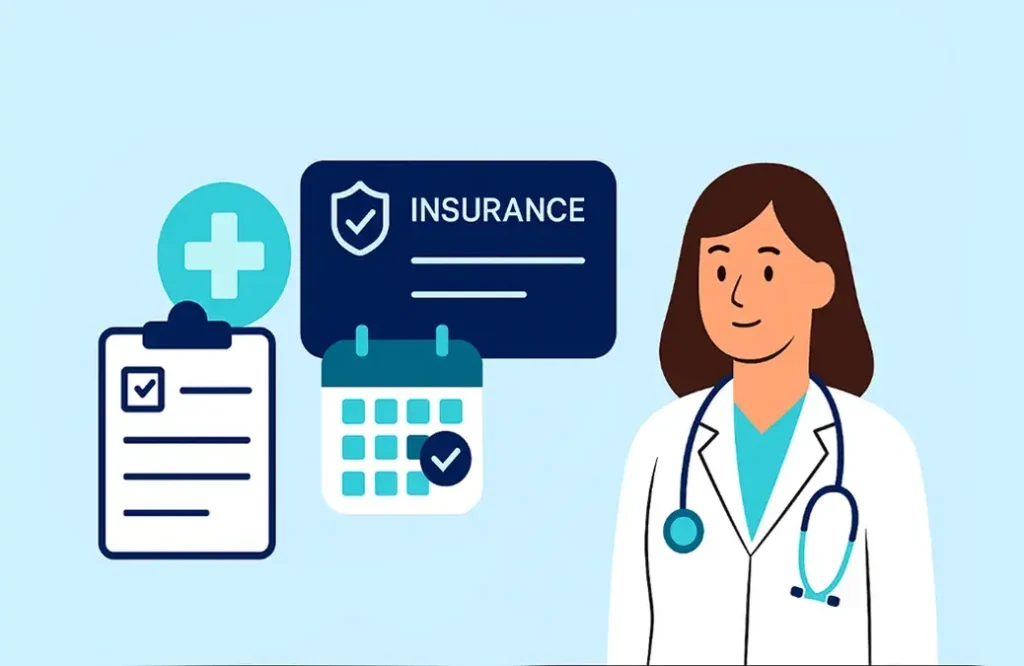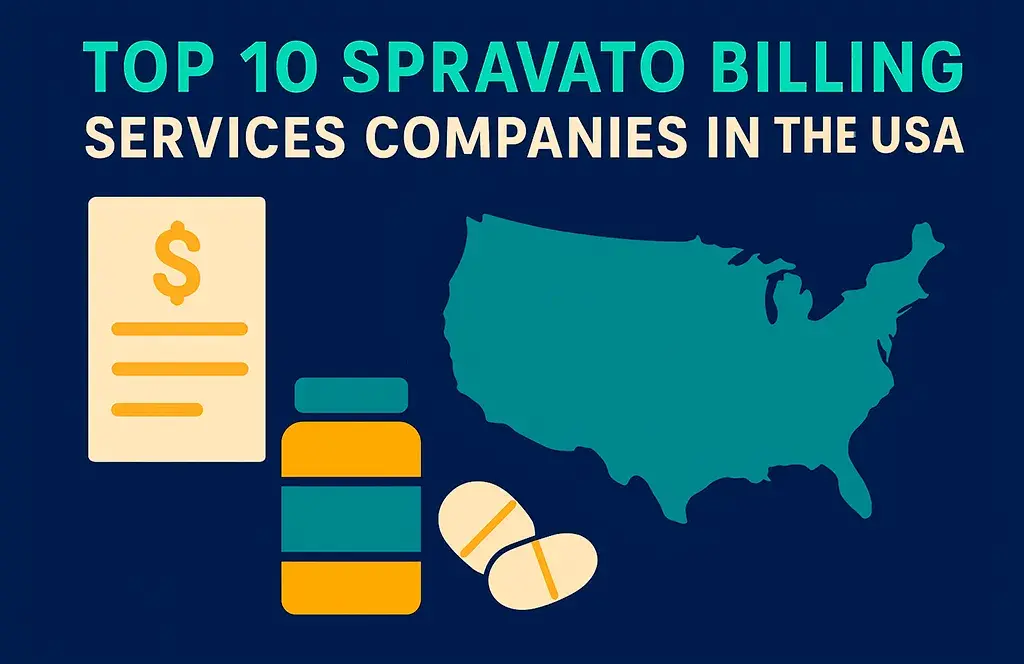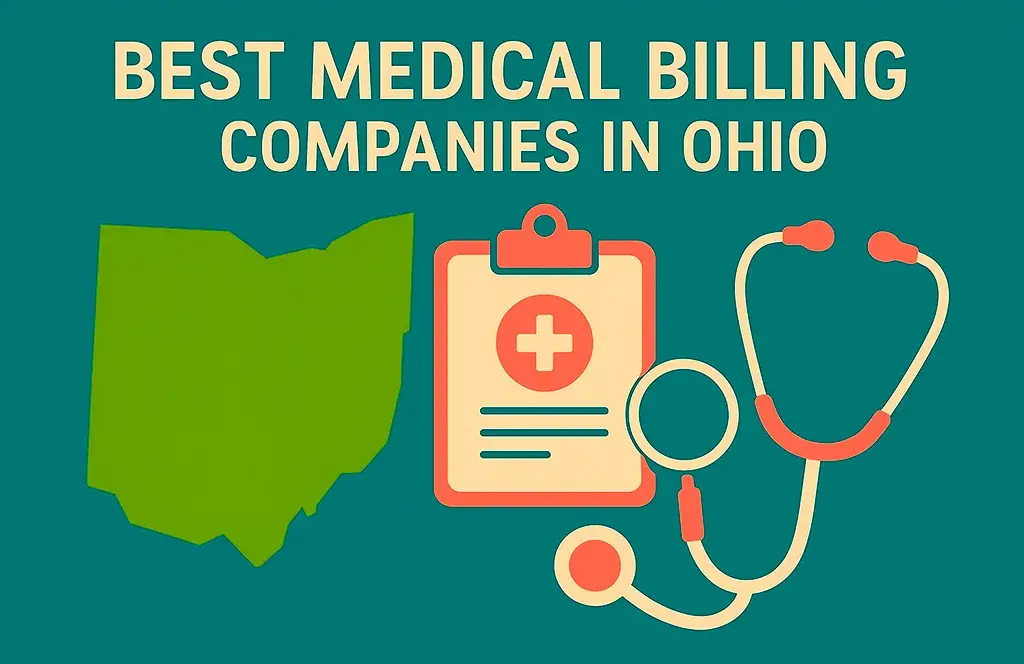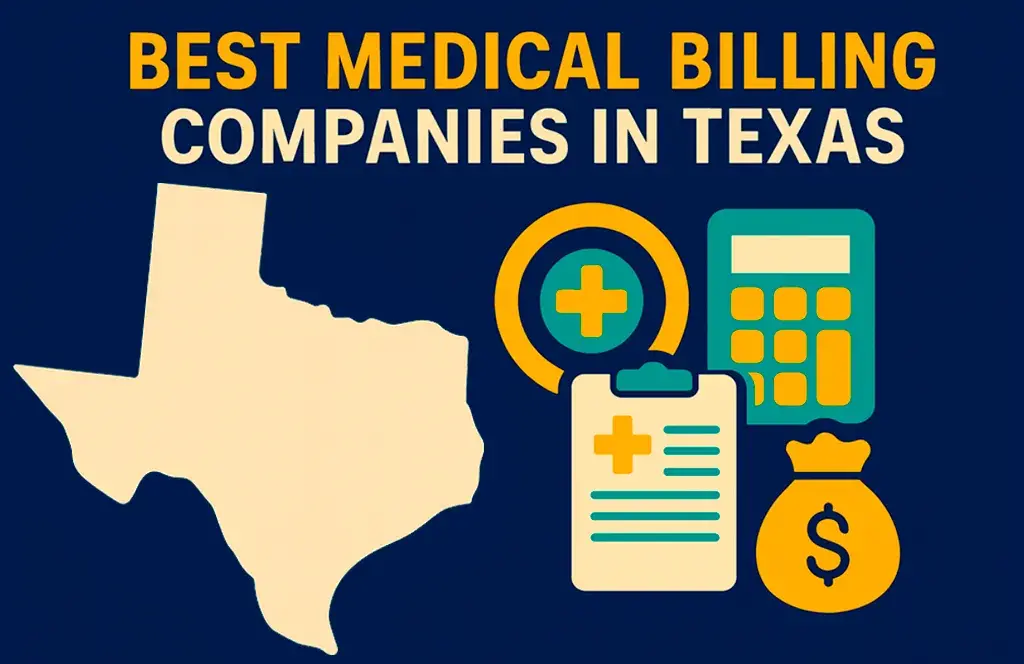Table of Contents
ToggleWhy Verifying Medical Insurance Is Critical for Patient Care
Insurance eligibility verification ensures that patients have active coverage before services are rendered. This step is essential for minimizing claim denials, billing errors, and unexpected patient charges. Accurate eligibility checks reduce administrative burdens and accelerate reimbursements, while improving patient satisfaction through clear communication about financial responsibilities. It also plays a foundational role in revenue cycle management by helping healthcare providers avoid billing disputes and reduce manual workload and minimizing errors. Ensuring accurate eligibility verification also helps minimize billing errors before claims are submitted. Confirming a patient’s insurance coverage at the point of intake is a best practice for streamlining billing and improving reimbursement timelines.
Common Challenges in Eligibility Verification
Verifying insurance coverage can be a complex and resource-intensive task for healthcare providers. Without a reliable process in place, even small errors can lead to significant financial and operational setbacks. The eligibility verification process often requires staff to navigate outdated systems and manage inconsistent insurance details from various insurance payers.
- Incomplete or outdated information – Patients may provide old insurance cards or incorrect details, leading to delays or denials.
- Manual verification processes – Phone calls and portal checks are time-consuming and prone to errors.
- Fragmented payer systems – Each insurance company has different rules, formats, and access protocols.
- Staffing limitations – Small practices may lack the resources to consistently perform thorough eligibility checks.
These challenges make it difficult to confirm coverage accurately, impacting both revenue and patient care. Automating the process with insurance verification software can help reduce these risks and optimize efficiency and effectiveness. Increased claim denials often stem from gaps in the process of confirming a patient’s insurance coverage and benefits.
Step-by-Step: How to Verify Insurance Eligibility and Benefits
Establishing a standardized workflow allows healthcare organizations to streamline operations and ensure accurate billing. Following a consistent step-by-step approach helps prevent common errors and improves overall efficiency in healthcare settings. The process should ensure that insurance coverage and benefits are verified completely and recorded securely.
1. Collect Insurance Information to Ensure Complete Patient Data
Gather essential details, including full name, date of birth, insurance ID, group number, and a copy of the front and back of the insurance card. Be specific and verify this patient information early to avoid coverage issues later. Understanding a patient’s insurance plan at the outset helps clarify what services are covered and which require additional steps.
2. Confirm Active Coverage and Reduce Claim Denials Early
Use payer portals, clearinghouses, or automated software to check if the insurance policy is currently active, along with coverage start and end dates. Online portals that offer real-time insurance checks are ideal for confirming coverage status and understanding if specific procedures are covered. Documenting the patient’s policy details accurately prevents downstream issues.
3. Verify Benefits and Use Real-Time Insurance for Accurate Results
Check for co-pays, deductibles, coverage limits, and pre-authorization requirements. Determine if the provider is in-network to estimate out-of-pocket costs. Clarify whether services are covered and note any exclusion or limitations that may affect the patient’s financial obligations. Insurance eligibility software is particularly useful for identifying pre-authorizations that may be required. Secure workflows and systems help ensure that patient data remains protected.
4. Document the Verification to Streamline Claims Processing
Log the date, payer contact method, confirmation numbers, and any coverage notes into your EHR or practice management system. This supports smooth processing, ensures up-to-date documentation, and reduces the chance of billing disputes or claim rejections.
5. Communicate With the Patient to Reduce Billing Friction
Sharing eligibility details with the patient promotes transparency and helps them make informed decisions about their care. It also prepares them for any financial responsibilities they may face. Discussing the specifics of the patient’s insurance plan reinforces clarity around co-payments and covered services.
Inform patients of their insurance benefits and estimated costs prior to treatment. Transparency reduces billing confusion and builds trust. Clearly explain any co-payment responsibilities and ensure the patient understands the coverage.
Benefits of Automating Insurance Eligibility Verification
Manual insurance verification is often inefficient and prone to errors. Transitioning to automated systems can significantly enhance operational efficiency and data accuracy.
- Reduce claim denials by catching inactive or incorrect coverage before service
- Improve cash flow with faster, more accurate reimbursements
- Minimize administrative burden through EHR-integrated workflows
- Enhance patient experience by delivering clear cost expectations at the point of care
- Identify pre-authorization needs before delays occur
Using insurance eligibility software also helps healthcare management teams simplify routine tasks and instantly access real-time benefits across multiple insurance providers. Automation strengthens the process of confirming a patient’s insurance coverage and simplifies follow-up inquiries.
Tools That Help Schedule and Automate Eligibility Verification
To maintain accuracy and scalability, healthcare organizations should use software solutions that are capable of integrating with multiple systems and payers. These tools must meet compliance standards while offering real-time access to critical insurance data.
- Real-time eligibility and benefits checks across commercial, Medicare, and Medicaid plans
- Automatic detection of inactive policies or bad plan codes
- Built-in compliance features to protect patient data
- Seamless integration with your revenue cycle and intake workflows
Whether for high-volume facilities or small practices, automated tools help ensure each patient encounter begins with financial clarity. A well-designed insurance verification software platform simplifies the eligibility verification process and improves the accuracy of each inquiry.
How Healthcare Providers Ensure Accurate Eligibility
Eligibility verification isn’t just a billing step – it’s part of the care journey. When patients receive upfront information about coverage and cost, they’re more likely to attend appointments, follow treatment plans, and pay on time. Clear communication reduces anxiety, increases trust, and supports better clinical outcomes. In a complex healthcare environment, accurate insurance verification is essential for maintaining financial stability and delivering efficient care. The process of confirming a patient’s insurance coverage and benefits also supports compliance, transparency, and better patient engagement.
Streamline Insurance Details With Verification Software
A proactive approach to insurance eligibility verification benefits both providers and patients. By implementing a structured process and leveraging automation, healthcare organizations can reduce errors, prevent denials, and improve operational performance. Modern tools not only help capture accurate data but also foster transparency and trust at every stage of the patient journey. Ensuring financial clarity before treatment begins is key to enhancing the quality of care and maintaining a healthy revenue cycle.
Tired of insurance verification delays and denials? Let Swift Medical Billing help you simplify the process with efficient, compliant workflows. Talk to our team – we’ll help you confirm eligibility with confidence.




